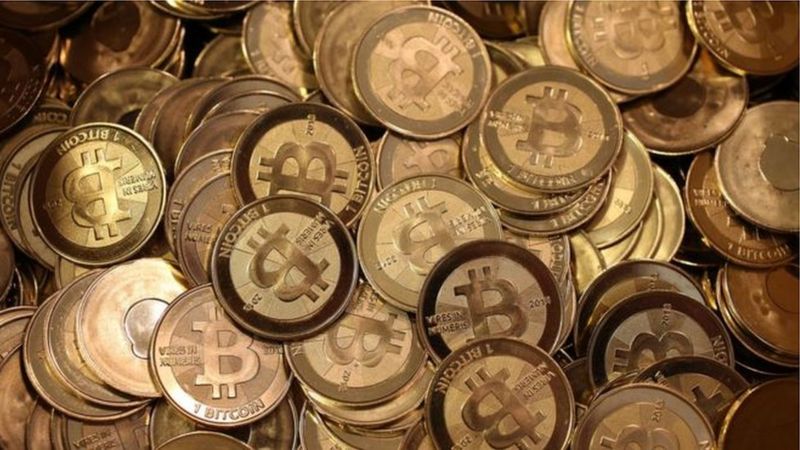
Introduction
Bitcoin mining, a term synonymous with the digital gold rush of the 21st century, has intrigued tech enthusiasts, financial experts, and laypersons alike. This article delves into the world of Bitcoin mining, exploring its origins, processes, and the untold stories of miners who have dedicated themselves to uncovering digital treasure.
The Genesis of Bitcoin Mining
In 2009, an anonymous entity known only as Satoshi Nakamoto introduced Bitcoin, the world’s first decentralized cryptocurrency. Unlike traditional currencies, Bitcoin operates on a peer-to-peer network, relying on a process called mining to maintain its integrity and security.
What is Bitcoin Mining?
Bitcoin mining is the process of verifying and adding transaction records to the public ledger, known as the blockchain. Miners use powerful computers to solve complex mathematical problems. When a problem is solved, a new block is added to the blockchain, and the miner is rewarded with newly created Bitcoins and transaction fees.
The Technical Process
- Transaction Verification: Each Bitcoin transaction is broadcast to the network and grouped into a block.
- Solving the Puzzle: Miners compete to solve a cryptographic puzzle, a task that requires significant computational power.
- Block Addition: The first miner to solve the puzzle gets to add the block to the blockchain.
- Reward: The successful miner receives a reward, which started at 50 Bitcoins per block and is halved approximately every four years.
The Evolution of Mining Technology
Initially, mining was conducted using ordinary CPUs (Central Processing Units). As the difficulty of mining increased, miners transitioned to more powerful GPUs (Graphics Processing Units) and eventually to specialized hardware known as ASICs (Application-Specific Integrated Circuits).
Environmental Concerns and Innovations
Bitcoin mining’s energy consumption has drawn criticism for its environmental impact. Miners have responded by seeking sustainable energy sources. Hydroelectric, wind, and solar power are increasingly being used to mitigate the carbon footprint of mining operations.
The Future of Bitcoin Mining
The future of Bitcoin mining is uncertain. As the reward for mining continues to halve, and the computational difficulty increases, miners must constantly innovate to remain profitable. Some predict the rise of mining pools, where miners collaborate and share rewards. Others foresee advancements in energy-efficient hardware and alternative consensus mechanisms.
